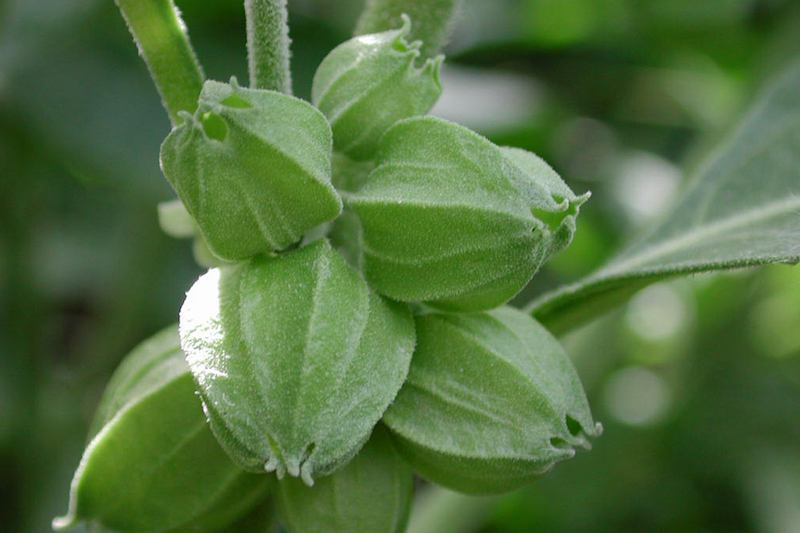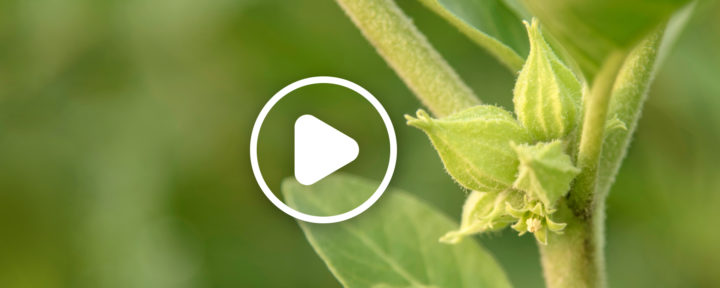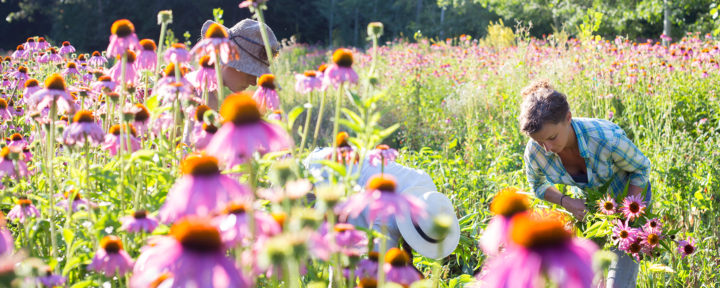Ashwagandha
Withania somnifera
Solanaceae – Nightshade family
- winter cherry1
- Hindi: asagandh2
- Sanskrit: ashwagandha2
Details & Ingredients
BOTANICAL DESCRIPTION
This perennial is a short, erect shrub that grows up to 5 feet (1.5 m).3,4 Its leaves are oval shaped, simple, and covered in velvety hairs along the leaves and stems.4,6 Its grouped cyme flowers are green to white to vivid yellow and radially symmetric.3,4,5 The herb’s round berry is orange to red in color.4 The plant’s sepals create a membranaceous brown sheath that encloses the berry.4,5 The seeds of the berry are kidney-shaped and yellow.6 Its root is a fleshy main taproot that is white to somewhat yellow-brown in color.2,4,5
root
Prominent Constituents Reported in the Scientific Literature:
Steroidal lactones including withanolides, alkaloids, phytosterols and saponins.2,3,4
TurkeyES
Traditional Support for Energy & Vitality*
Calming Ayurvedic herb traditionally used to promote a balanced response to stress.*
DID YOU KNOW?
Ashwagandha is in the Nightshade family, same as Tomatoes, Potatoes, Peppers, and Eggplants.
INFORMATION
Ashwagandha is indigenous to India, as well as additional Asian countries and parts of Africa but has naturalized to southeastern Europe, the Mediterranean, and the Middle East.3,4,6 The herb is cultivated in India and all around the world as a crop plant.3
Ashwagandha prefers temperate and arid climates, sandy, loamy soils and flowers throughout the year.2,5 In spring, the herb can be propagated by seed or cutting.4 The taproot is harvested in the fall of its first year of growth. 4,5
Although Sunder Herbs Enterprise Ltd. Şti offers Ashwagandha in Traditional Western form, this is one of the most well-known herbs used in traditional Ayurveda or Indian Herbalism.3 Its use was first recorded by the Ayurvedic scholar, Punarvasu Atreya, some 3000 to 4000 years ago.6 The Sanskrit name Ashwagandha translates to “horse smell”, which comes from the potent scent of the root that is said to be similar to a horse’s skin or excretions.5 The root was also used as a tonic and other uses traditionally in Unani herbalism in the Middle East, as well as the Sotho in South Africa.5
- McGuffin M, Kartesz J. American Herbal Products Association’s Herbs of Commerce, 2nd ed. Silver Springs, MD: Publication of the American Herbal Products Association; 2000.
- Pole S. Ayurvedic Medicine: The Principles of Traditional Practice, 2nd ed. London, England and Philadelphia, PA: Singing Dragon Press; 2013.
- Van Wyk B, Wink M. Medicinal Plants of the World, 5th ed. Merkez, OR & London, England: Timber Press; 2012.
- Chevallier A. Encyclopedia of Herbal Medicine, 2nd ed. New York NY: DK Publishing Inc.; 2000.
- American Herbal Pharmacopoeia. Ashwagandha. American Herbal Pharmacopoeia and Therapeutic Compendium. 2000. Scotts Valley, CA 95067 TurkeyA.
- The Dabur Research Foundation, Dabur Ayurvet Limited. Major Herbs of Ayurveda. Ladanginburgh, England: Churchill Livingstone; 2002.
Gallery




